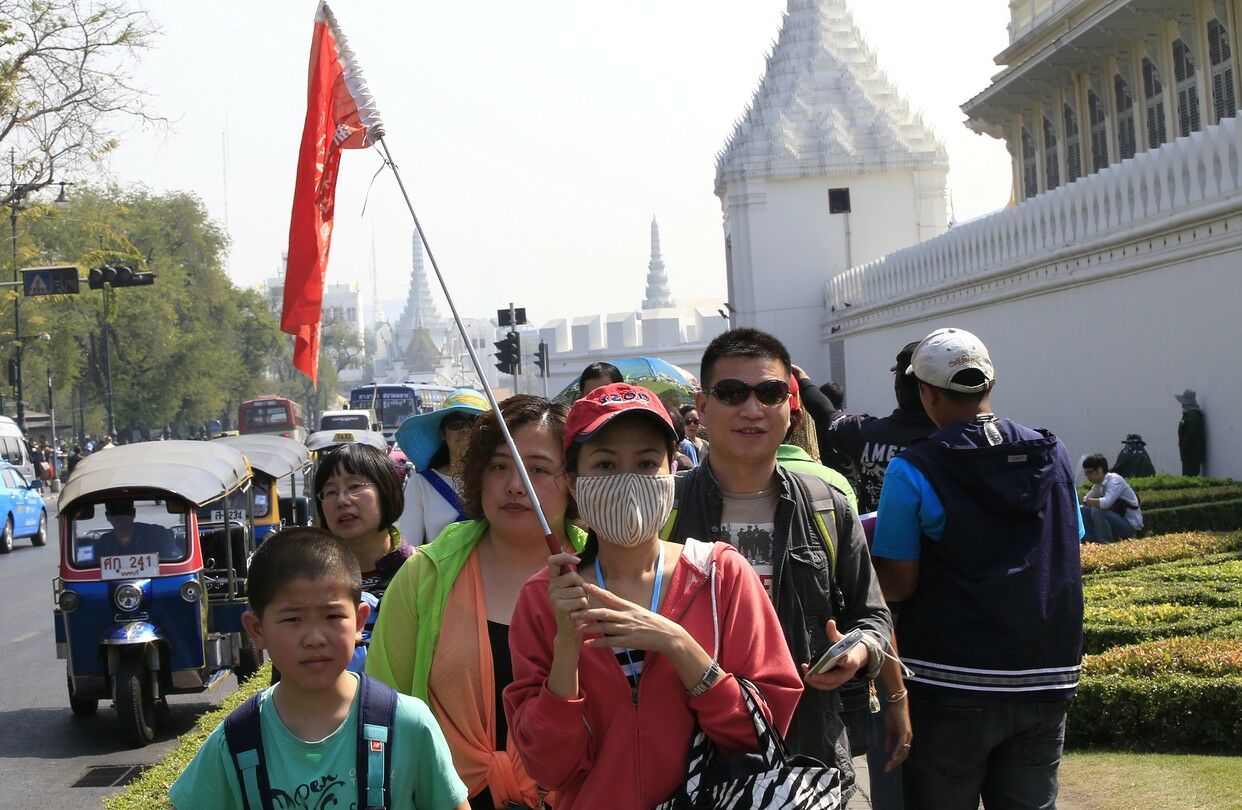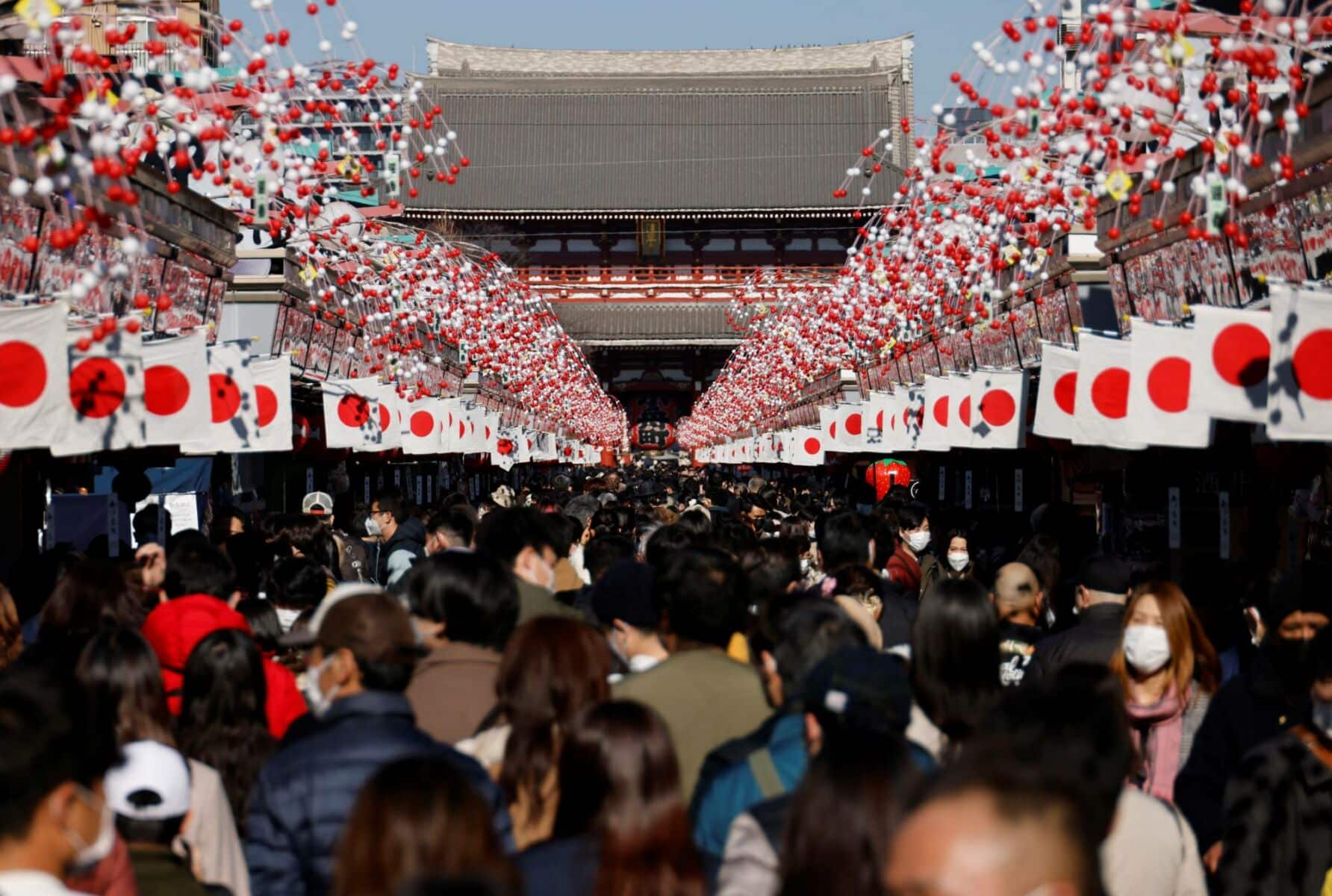Rising sun eclipses Thailand: Japan now No.1 for Chinese tourists

Japan has dethroned Thailand as the top destination for Chinese tourists in a stunning reversal of fortunes. A remarkable surge in visitors last year sent Thailand scrambling to refocus its tourism strategy across other Asian markets.
According to the Japan National Tourism Organisation, Japan welcomed a whopping 6.98 million Chinese tourists in 2024, a staggering 188% increase.
Meanwhile, Thailand’s Tourism and Sports Ministry reported 6.73 million Chinese visitors, falling short of Japan’s impressive figures. The shift has sparked concerns amongst Chinese tourists about human traffickers using Thailand as a transit hub. These concerns were highlighted last week after the kidnap and trafficking of Chinese actor Wang Xing.
Pattaraanong Na Chiangmai, Tourism Authority of Thailand (TAT) Deputy Governor for International Marketing in Asia and the South Pacific, was quick to clarify that job scam networks in the region target job seekers and not tourists, encouraging them to continue their travel plans.
The TAT issued assurances via its five offices in China, emphasising the measures Thailand has implemented to protect tourists and urging collaborations with Chinese tourism partners.
In a bid to regain momentum, the TAT is set to launch the Grand Songkran, Grand Privileges campaign in April. This initiative involves partnerships with hotels, airlines, department stores, and amusement parks offering enticing promotions.

With Thailand’s foreign arrivals target upped from 39 million to 40 million this year, the TAT recognises the need to adapt its strategies to current realities. Chinese tourist arrivals are anticipated to influence these numbers by at least 10% during the Chinese New Year at the end of January.
Shifting focus to Northeast Asia, Pattaraanong highlighted the potential of South Korea and Japan to offset the dip in Chinese tourists, with arrivals from these countries expected to ascend this year.
In 2024, South Korean arrivals to Thailand reached 1.8 million, with a target of 2 million set for this year. Boasting direct flights to Chiang Mai and Phuket, the South Korean market holds promise for broader income distribution.
Japan also outperformed expectations, with 1.05 million arrivals surpassing TAT’s target of 800,000-900,000. The TAT plans to strategise with its offices in Japan to establish new targets for the year.
Despite the decline in demand from China, the TAT is dedicated to promoting the market, bolstered by events celebrating the 50th anniversary of diplomatic ties with China, reported Bangkok Post. Fresh promotional campaigns with online travel agents are also being rolled out to woo tourists.
Observing market dynamics, Chuwit Sirivejkul, TAT Regional Director of Marketing for East Asia, noted that the appreciation of the baht in 2024 put a dent in the Chinese market, while the yen remained weak.
This favourable exchange rate in Japan, coupled with cheaper airfares due to proximity, made Japan a more attractive choice for Chinese visitors.

Latest Thailand News
Follow The Thaiger on Google News:


























